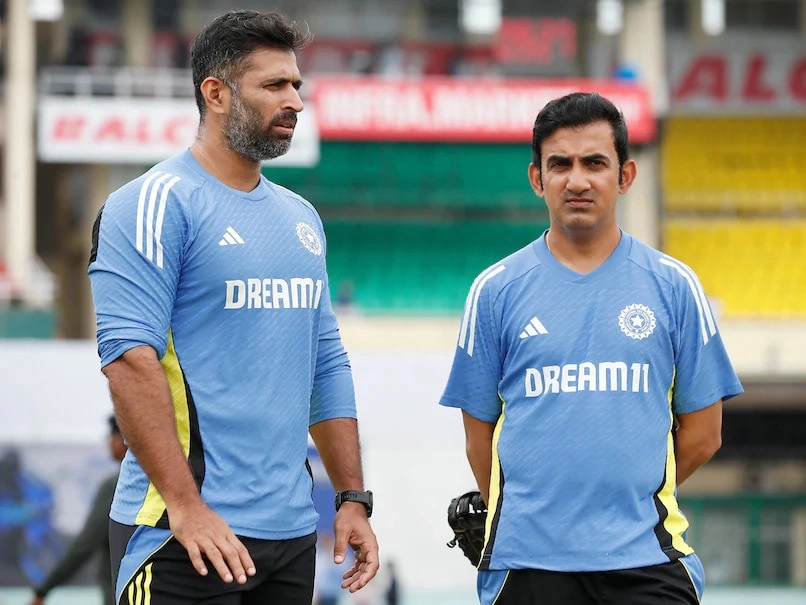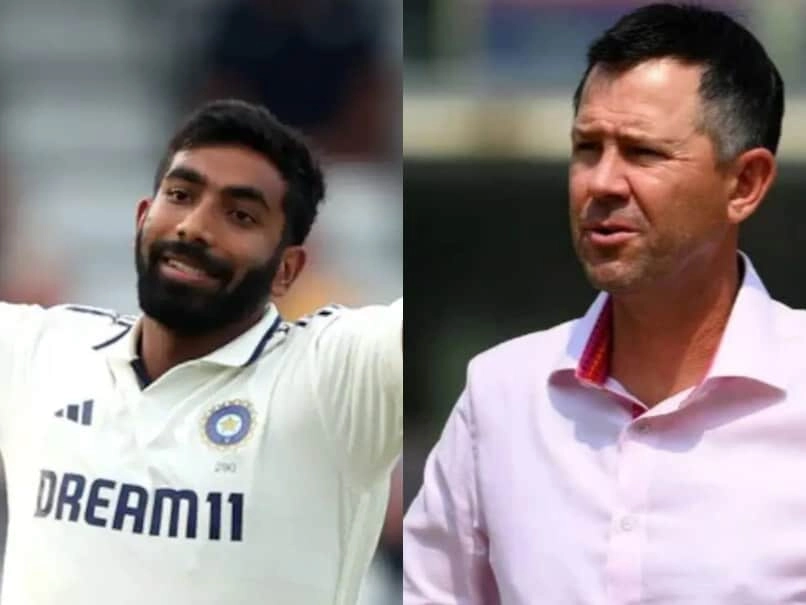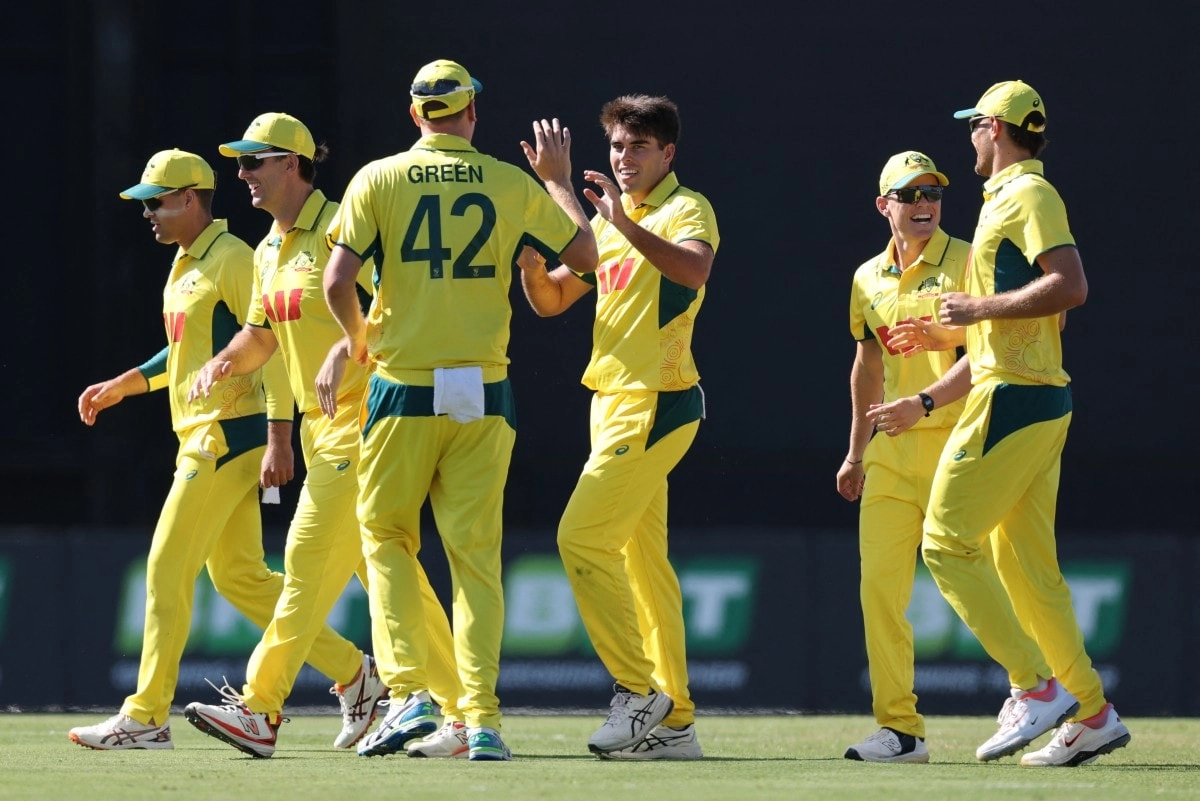Abhishek Nayar, a prominent figure in Indian cricket, has recently faced a significant setback with his dismissal from the coaching staff, which many insiders are calling a result of internal conflicts within the Board of Control for Cricket in India (BCCI). Reports suggest that Nayar has become a scapegoat in a broader rift between certain senior players and the coaching staff. This situation highlights the often turbulent dynamics within cricket organizations, where interpersonal relationships can dramatically influence the careers of even well-regarded professionals.
The rift allegedly revolves around differing opinions on team strategy and player management, particularly concerning the senior players who have been integral to India’s success on the international stage. Nayar, who has been involved in the coaching setup for some time, seemed to find himself at odds with the existing coaching philosophy, which may have contributed to his unceremonious exit. The BCCI’s decision to part ways with him raises questions about how internal politics can overshadow merit and performance in high-stakes environments.
This incident is not an isolated one in the world of cricket, as coaching staff and players often experience tensions that can lead to drastic changes in team composition. The perception that Nayar was made a scapegoat suggests a deeper issue within the BCCI, indicating potential fractures in relationships and a lack of cohesive vision for the future of the team. As the cricketing community reflects on this development, it serves as a reminder of the complexities involved in managing talent and expectations at the highest levels of sport.
Moving forward, it will be crucial for the BCCI to address these internal conflicts to ensure a harmonious environment for players and coaching staff alike. The need for a unified approach is essential for the team’s success, especially as they prepare for upcoming international tournaments. Nayar’s experience serves as a cautionary tale and highlights the importance of communication and collaboration within sports organizations, as they navigate the pressures of performance and the expectations of fans and stakeholders.




